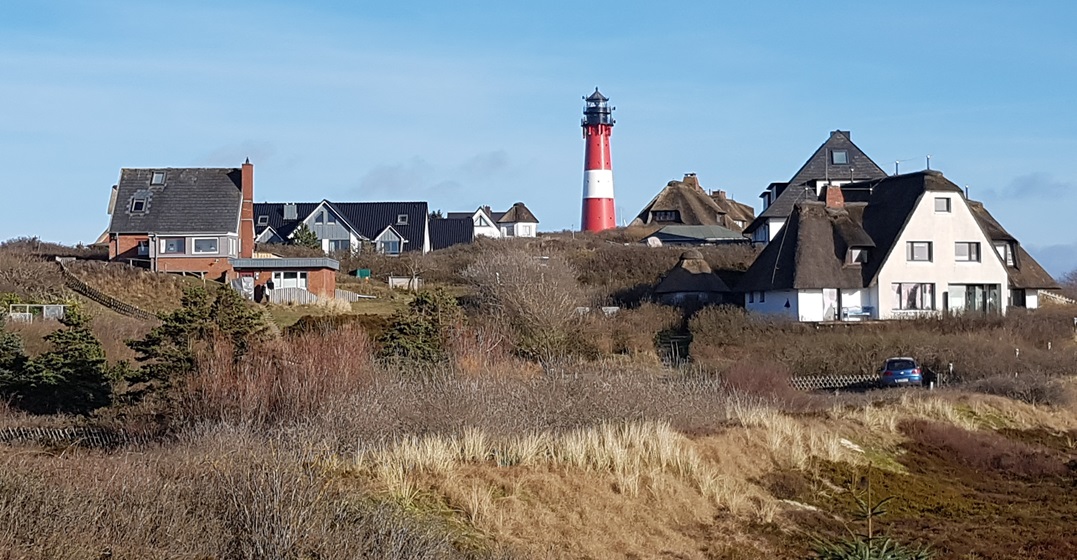by Laura Jones
Updated on December 13, 2024
The Frisian language is not one of the best-known in Europe. But Frisian is a fascinating language that’s spoken across borders (in the Netherlands and Germany) and in three distinct dialects. It’s also the language most closely related to English, so if you’re looking for a new language to learn without too much difficulty, Frisian might be it.
Frisian, or Frysk in its native tongue, belongs to the West Germanic language family, which also includes English, Dutch and German.
We can trace its roots to the early Middle Ages, and written records in Frisian date back to the 13th–16th centuries. In the centuries following, its importance declined. But Frisian has made a comeback in recent years, especially in the province of Friesland in the Netherlands.
Frisian is primarily spoken in the northwestern coastal areas of Germany and in the Netherlands.
In Germany, Frisian-speaking communities reside in the Saterland, along the west coast of Schleswig and on several islands just offshore. In the Netherlands, Frisian is mainly spoken in the province of Friesland. It is estimated that around 450,000 people speak Frisian in the Netherlands, though many fewer speak it in Germany.
Each of the three regions where people speak Frisian has its own dialect. There is West Frisian in Friesland and East and North Frisian in Germany. While these dialects share a common ancestry, they have developed distinct regional identities over time.
While English and Frisian are distinct languages, English speakers may hear some similarities in Frisian language words and sentence structures. They probably won’t be able to understand too much, but Frisian may be somewhat intelligible to them. Frisian also shares commonalities with German and Dutch.
Here are some Frisian language examples, along with their English, German and Dutch equivalents:
| Frisian | English | German | Dutch |
| sliepe | sleep | schlafen | slapen |
| rein | rain | Regen | regen |
| tsiis | cheese | Käse | kaas |
| goed | good | gut | goed |
The Frisian language is a key element of the culture. But many other cultural elements also tie Frisian speakers together.
One is their cuisine. Famous recipes like Frisian orange cake (Oranjekoeke) and cookies called Fryske dúmkes are popular all over the Netherlands.
Another cultural icon of Friesland is the Elfstedentocht, an ice-skating race that connects eleven Frisian cities. It began in 1909, and the last race was held in 1997 (it’s heavily weather-dependent).
Finally, in the world of art, graphic artist M.C. Escher was born in Leeuwarden, the capital of Friesland.
The dominance of Dutch and German in neighboring areas has led to a decline in the use of the Frisian language. In Germany, the Frisian language looks set to all but disappear in the future.
However, Frisian is recognized as an official second language in Friesland and is taught in schools. There are an estimated 470,000 Frisian speakers worldwide, most of them in Friesland.
Though the Frisian language is not widely spoken, it remains important to many people’s identity in certain areas. As part of the West Germanic family of languages, it shares many similarities with German, Dutch and English. If you want to hear the Frisian language spoken today, your best bet is to visit Friesland in the Netherlands. Here, you can test how much of the language you can understand as an English speaker.
